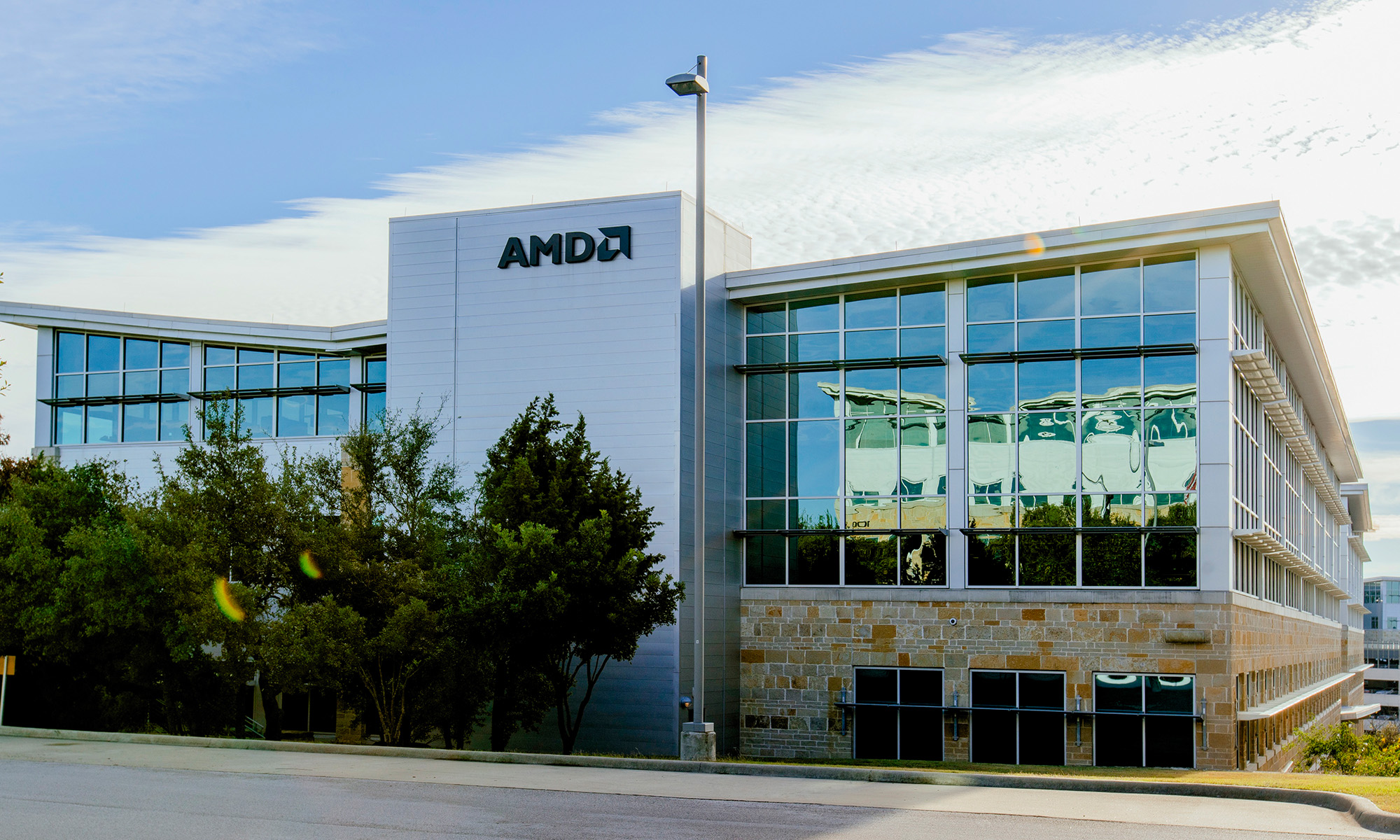Shares of Advanced Micro Devices (AMD +1.79%) have been on fire lately. After initially falling with the broader market in March over the COVID-19 pandemic, the stock has rebounded strongly and doubled in value over the last year.
Chip stocks are typically cyclical, meaning sales can turn lower when business spending slows or competitors engage in a price war. But none of that is hurting AMD. The current environment, with more people working from home, seems to be fueling its momentum. The company recently reported robust performance on the top line in its first-quarter earnings report.
Here's what is fueling AMD's business, and why it could be a safe investment in this environment.

Image source: Advanced Micro Devices.
Gaming and servers are good markets to be in right now
The coronavirus economy is not slowing down AMD. In the first quarter, revenue increased 40% year over year, primarily driven by strong demand for 7-nanometer Ryzen processors, Radeon product channel sales, and EPYC server processors. It is currently benefiting from work-from-home and play-at-home trends. With more people using cloud services, that fuels demand for server chips on the enterprise side, and with more people playing games, that fuels sales of Ryzen-powered notebooks.
Like its rival NVIDIA, AMD is seeing robust sales growth coming from notebooks. AMD recently released its Ryzen 4000 mobile processors, which are doing well. This could be just the beginning of the demand curve, as there are more than 135 new Ryzen-powered notebooks for both consumer and commercial use launching this year.
Furthermore, AMD expects to see growth in semi-custom chip revenue in the second half of the year. AMD was tapped by both Sony and Microsoft to make custom processors for the upcoming PlayStation 5 and Xbox Series X, both of which are still on schedule to be released this fall. The two consoles are using a custom AMD Zen 2 central processing unit (CPU) and a next-generation graphics processing unit (GPU) architecture. AMD's enterprise, embedded, and semi-custom operating segment accounted for less than a third of total revenue in 2019.
The company also continues to look strong in the cloud and high-performance computing markets. Overall, the enterprise, embedded, and semi-custom segment revenue was down 21% year over year, which was the main area of softness in the business last quarter. But AMD saw double-digit unit growth in server chips over the fourth quarter. Specifically, it is seeing higher demand from top cloud customers, such as Microsoft and Alphabet.
To put a stamp on its technological leadership, AMD recently scored a big win to supply EPYC processors and Radeon Instinct GPUs to the Lawrence Livermore National Laboratories to power the El Capitan supercomputer in 2023. AMD will power two of the three U.S. exascale supercomputers that have been publicly announced. El Capitan is expected to be the world's fastest supercomputer when it's delivered and will be used to ensure the security of the nation's nuclear stockpile.
Momentum expected to continue
Investors love AMD right now, because it is executing on its product road map and gaining share against competitors. The company is on track to launch new products this year, including the next-generation graphics chips (RDNA 2) and the Zen 3-based CPUs in the second half of the year. Plus, management believes it is still on track to reach 10% market share in the x86 server market in the second quarter, up from 8% in 2019.
Longer term, AMD is in great position to benefit from the growth of cloud-gaming services, given its relationship with Alphabet. Stadia, Google's gaming service, is powered by AMD Radeon data-center graphics processors.
There is still uncertainty with the economy in the near term and how that will affect consumer spending. But even after factoring in expectations for weaker consumer demand later in the year, management guided for 25% revenue growth, plus or minus five percentage points, for 2020. AMD expects the second quarter to show revenue growth of approximately 21% year over year, driven by sales of Ryzen and EPYC processors.
The company appears to be insulated from the impact of the coronavirus on the world economy. AMD has a strong balance sheet with $897 million of net cash, and it's seeing healthy demand trends, especially in a work-from-home environment.
On a shorter time horizon, the main risk for investors in this chip stock is the high valuation. It trades at a forward price-to-earnings ratio of 53 times the consensus earnings estimate for 2020. If AMD hits a stumbling block and misses guidance, the fallout could be ugly.
Analysts expect earnings to increase 61% in 2020. Given AMD's resurgence under CEO Lisa Su, there is no reason to expect AMD won't continue to gain market share and deliver the goods. If it meets guidance, the stock could still move higher from here, given the low price-to-earnings-growth (PEG) ratio.










